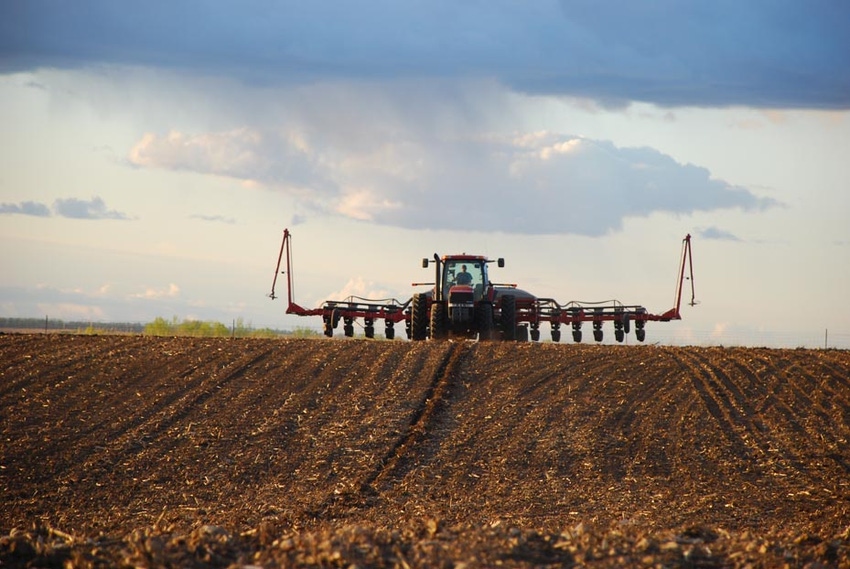May 1, 2014

While you wait for fields to dry out and warm up, here are five decisions to think about before you start planting soybeans. These tips from the University of Minnesota offer ideas about variety selection, soil fertility, planting time, row spacing and herbicide program.
1. Select and plant only the best varieties. Not all soybeans are equal. Each year, seed companies sell soybean seed with a wide range in yield potential. Typically, the best-yielding varieties produce between 20% and 40% greater yields than those at the bottom. Don't get stuck with a dog. Make your initial selections carefully by using third-party yield information, and only accept substitutions with proven yield potential.
2. Correct low-testing soils now. Carefully evaluate soil test results. Soybeans can typically utilize residual phosphorous and potassium from a well-fertilized previous corn crop, but if you're unsure about fertility levels, conduct a soil test in the spring. Once planted, it's too late to fix deficiencies. Despite renewed attention to this old topic, do not apply nitrogen to soybeans. Nitrogen very rarely increases soybean yields - not to mention extremely rare economic returns.
3. Plant early. Although delayed planting is likely in most areas, plant as early as possible – but only into good soil conditions. Avoid planting with extreme cold and wet weather in the near-term forecast or in extremely dry soils.
4. Plant in narrow rows. Soybeans planted in narrow rows will out-yield those planted in 30-inch rows or wider. You can expect approximately 5% of yield advantage for every 10 inches of narrowing, down to about 10 inches. Fields with a history of white mold may still be planted in narrow rows, but populations should be managed carefully.
5. Don't trust a post-emergence-only herbicide program. Including pre-emergence herbicides into an overall weed-management strategy provides a wider window for mid-season applications and allows more options for weed control. Reduce short- and long-term risks by using herbicides with diverse modes of action.
Read the article on the U of M Extension website.
 You might also like:
You might also like:
You May Also Like




